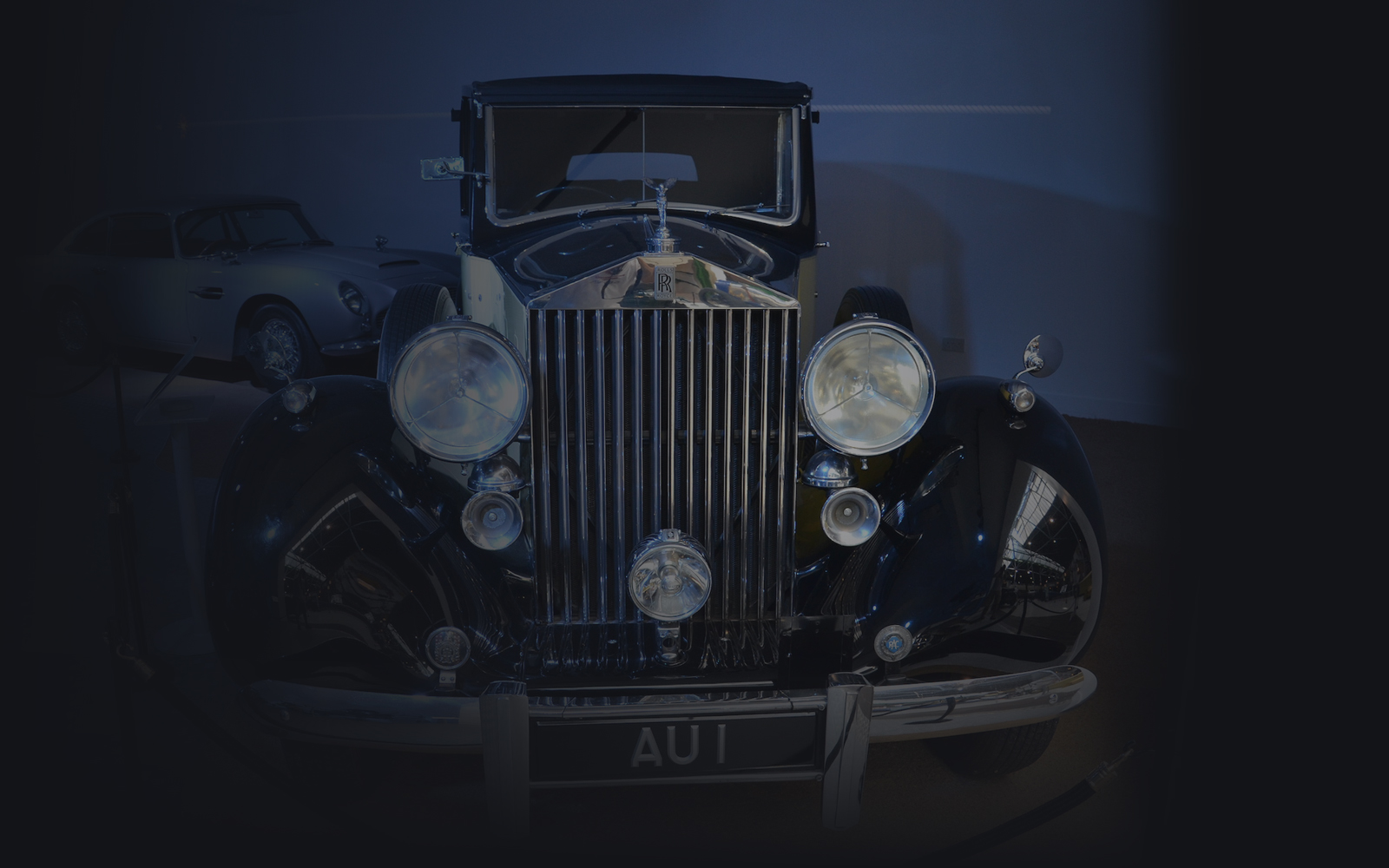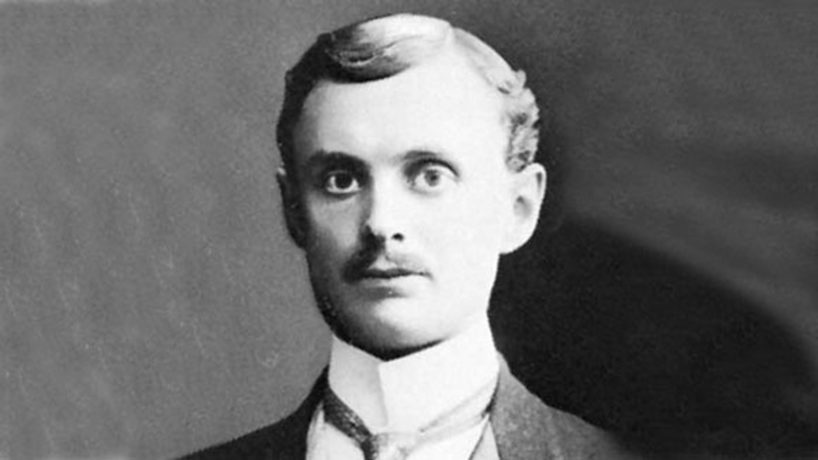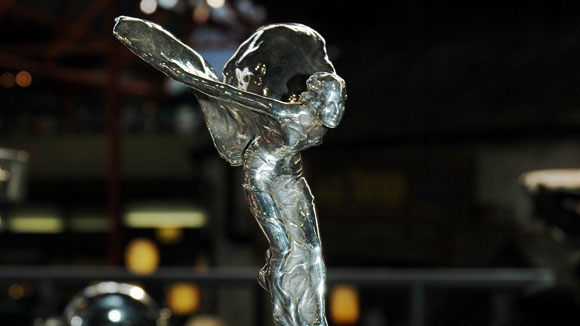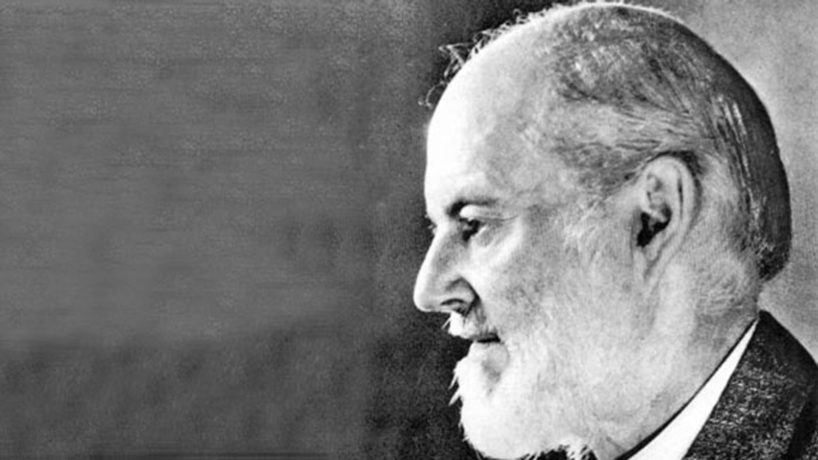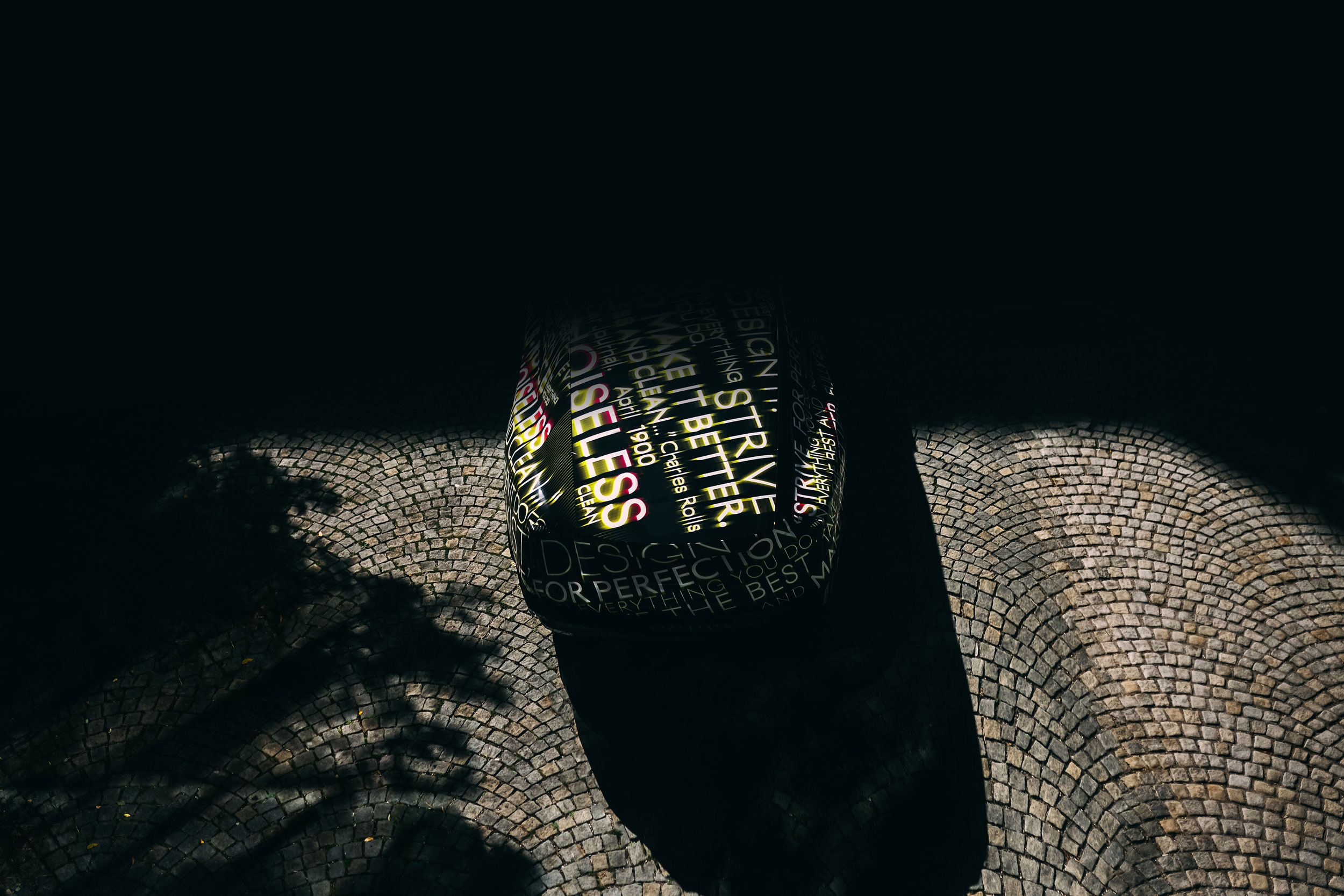Rolls-Royce Ltd
Charles Rolls and Henry Royce founded Rolls-Royce Ltd in 1906. United by a historic meeting at the Midland Hotel Manchester by Henry Edmunds who had a car showroom in London and a friend of Charles Rolls. The pairing of the engineering brilliance of Royce with the equally brilliant business acumen and financial backing of Rolls was to become legendary. Even today the name “Rolls-Royce” has become a byword for excellence.
“Take the best that exists and make it better.”
Rolls-Royce Motor Cars
Rolls-Royce Ltd first motor car was The Silver Ghost (1906-1925) which was largely responsible for the company’s early reputation. It had a 6-cylinder engine and as early as 1907 the fledgling automotive manufacturer was collecting awards for outstanding engineering excellence and reliability.
In 1911 the “Spirit of Ecstasy” first graced a Rolls-Royce car.
In 1931 Rolls-Royce acquired Bentley who were ailing due to the Great Depression. From then on, until 2002, Rolls-Royce and Bentley cars were almost identical aside from the radiator grills and other cosmetic changes.
Rolls-Royce Aero Engines
The Hon. Charles Rolls received his first road speed induced adrenaline rush on a bicycle. The co-founder of Rolls-Royce was a keen bicycle racer. He then developed a passion for the automobile, before becoming a daring aviator pioneer. Rolls was the second person in Britain to be licensed to fly. On the 2nd June 1910 he became the first person ever to fly non-stop across the English Channel and back. A month later Rolls was killed in an air crash. The tail of his Wright Flyer broke off in Bournemouth. He was the first Briton to be killed in an aeronautical accident with a powered aircraft, and the eleventh internationally.
The company built their first aircraft engine in 1914 and went on to produce about half the aircraft engines used by the Allies in World War I. By the late 1920s, aircraft engines made up most of Rolls-Royce’s business. Henry Royce’s last design was the Merlin aero engine, which was developed after the R engine, which had powered a record-breaking Supermarine S6B seaplane to almost 400 mph in the 1931 Schneider Trophy. The Merlin became the engine fitted to the Hawker Hurricane, Supermarine Spitfire, De Havilland Mosquito and the heavy bombers Vickers Wellington and Avro Lancaster. It was also made under licence by Packard to great effect with the American P51 Mustang.
“The quality will remain long after the price is forgotten.”
Rolls-Royce Motors
In 1971 Rolls-Royce was nationalised and in 1973 Rolls-Royce Motors was formed as a separate entity from the aircraft and marine engine business. In 1980 Rolls-Royce was aquired by Vickers who in 1998 sold the company to Volkswagen. However they didn’t have rights to the trademark name and logo. On January 1, 2003 a new agreement between Volkswagen and BMW came into effect, with Volkswagen retaining the name Bentley while BMW acquired the name Rolls-Royce and later that year produced their first Rolls-Royce, the Phantom.




